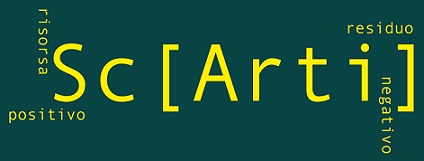Posthuman Keats. Poetry as Assemblage
DOI:
https://doi.org/10.13130/2035-7680/12742Palabras clave:
Keats; posthumanism; cyborg; assemblage; Donna HarawayResumen
This article explores the notions of flotsam, jetsam and hybridity in
John Keats’s poetry in order to provide a critical reading informed by
posthumanist theories, and, more specifically, Donna Haraway’s cyborg. It starts
with the metaphor of debris and the linguistic-literary metaphor of texture/textus.
It then proceeds to elucidate how Keats deals with flotsam and jetsam in his
work. A short overview of the theory of organic unity begins the last section of the
article, which focuses on the poet’s penchant for hybrid poetic endeavours and
envisions some of his work as a metaphorical manifestation of the cyborg myth.




